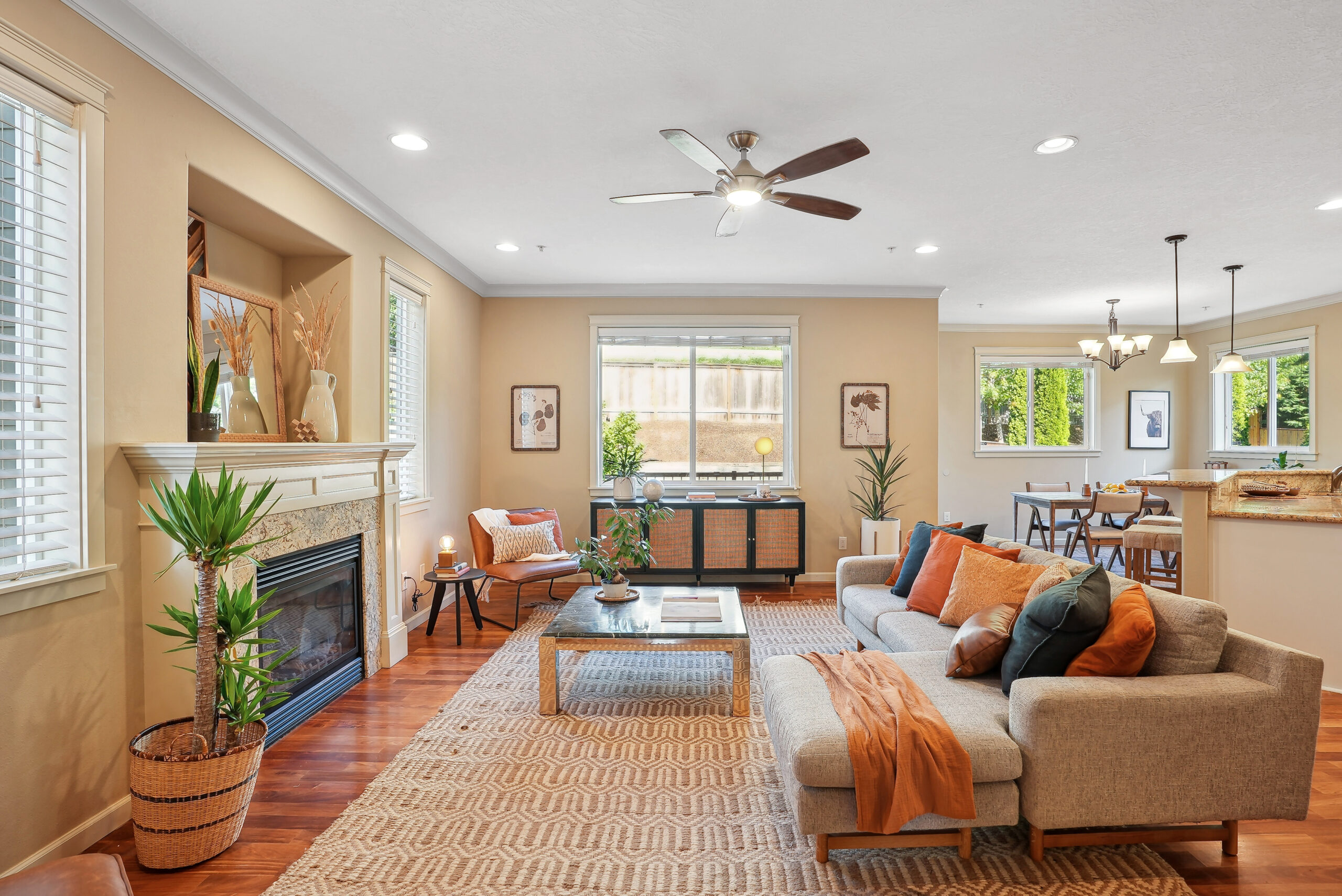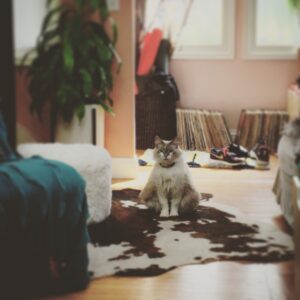When preparing a home for market, there’s always a punch list—paint touch-ups, flooring updates, staging—but here’s one often-overlooked detail that can make or break a sale: smell.
I always tell my buyers, when we think we’ve found the one: “We just need to go and smell it.” It sounds like a joke, but scent plays a massive role in a buyer’s emotional response. Whether it’s lingering pet odors, mildew, cigarette smoke, or—for the love of real estate—an aggressively perfumed Glade plug-in, unpleasant or suspicious smells can tank interest and ultimately, your seller’s net.
And yes, I stand by this: the Glade plug-in is the worst. Scent diffusers—whether plug-in or an elegant Loewe Tomato candle—instantly raise a red flag. Buyers wonder: What are they hiding?
The challenge? Odors are notoriously hard to eliminate. Deep-cleaning can make things worse by stirring up the scent source. My rule of thumb for sellers is simple: the house shouldn’t smell like anything at all. Not clean. Not lived-in. Just neutral.
Here’s the trick: ozone.
I’ve been using ozone generators for over five years. I own three now. I lend them to clients, colleagues, even use them in my own home annually. Ozone is a naturally occurring, highly reactive gas that oxidizes and destroys odor-causing molecules. It doesn’t mask—it eliminates.
Estheticians use ozone in small doses post-facial to kill bacteria and purify skin. On a larger scale, I first saw it used after a small business fire, when a restoration company brought in industrial ozone generators to scrub smoke from the air. That experience is what led me down the rabbit hole—turns out, personal-use ozone machines are affordable, accessible, and surprisingly effective.
Most common household odors come from completely normal lifestyle habits. The usual culprits before listing include:
-
Pet urine
-
Lingering food smells
-
Cigarette smoke
-
Mildew or “damp” odors
-
Diffuser or candle saturation
-
Animal dander (“dog smell”)
Ozone doesn’t cover these up. It neutralizes them. The gas bonds with the source molecule and oxidizes it into something odorless.
Important note: Ozone isn’t safe to breathe—for humans, pets, or plants. When I run a treatment, I do it for 24 hours. Pets out. Plants out. Windows and doors shut. Afterward, air out the space for at least 45 minutes. The gas is heavy and dissipates quickly, but safety first. In most cases, a single treatment removes about 70% of odors. Repeat as needed.
Bonus: ozone treatments work on cars, upholstery, even clothing.
Case in point: a friend and colleague recently used this method after her dog got sprayed by a skunk and then ran through the house, rubbing his face on every soft surface he could find. One 24-hour ozone treatment—and the smell was completely gone.




